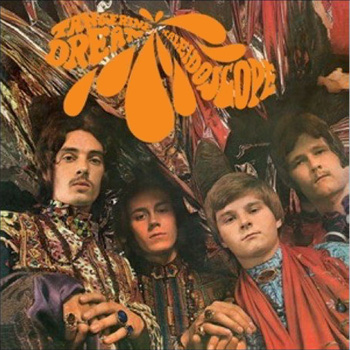A: Unsicht-Bar in Berlin, Cologne, and Hamburg. Nocti Vagus in Berlin.
Q2: Germany is the second most populous country in Europe. Which is the first?
A: Russia.
Q3: On Saturday, September 25th, Munich will be hosting a pop sensation. Who is it? Where are they from?
A: Kate Nash, Britain.
Q4: What German ruler backed Martin Luther from very early on, and ensured his safety after he was declare an outlaw?
A: The Duke of Saxony.
Q5: What German state rapidly rose to a first-class military power between 1670 and 1740?
A: Prussia.
Q6: Who is this?
A: Richard Wagner.
Q7: Who is this?
A: Franka Potenta.
Q8: What was the name of the movie where German actress Angelica Domroese plays the sister of a man named Jens?
A: Die Legende von Paul und Paula
Q9: These three men founded a video game company located in Germany; what is the name of their company and who are they?
A: The company's name is Crytek, and the names are Cevat, Avni, and Faruk Yerli.
Q10: Who spoke at the Ingolstaedter Muenster church in Ingolstadt, Germany on 24.4.10.?
A: Chancellor Angela Merkel and Defense Minister Karl-Theodorezu Guttenberg, in a service for four soldiers killed in Afghanistan.
Q11: Why were King Ludwig the Second's castles opened up for tourism shortly after his death?
A: To pay for the cost of building them.
Q12: Which of King Ludwig the Second's castles in Bavaria was the only one to be finished before his death?
A: Linderhof.
Q13: What is the oldest flowering plan in Germany?
A: A rose bush at St. Mary's Cathedral in Hildeshein.
Q14: What are the 7 inhabited Frisian Islands?
A: Borkum, Juist, Norderney, Baltrum, Langeook, Spiekeroog, Wangerooge.
Q15. This character from the Shrek movies is based off lore from Lower Saxony.
A: The Pied Piper.














